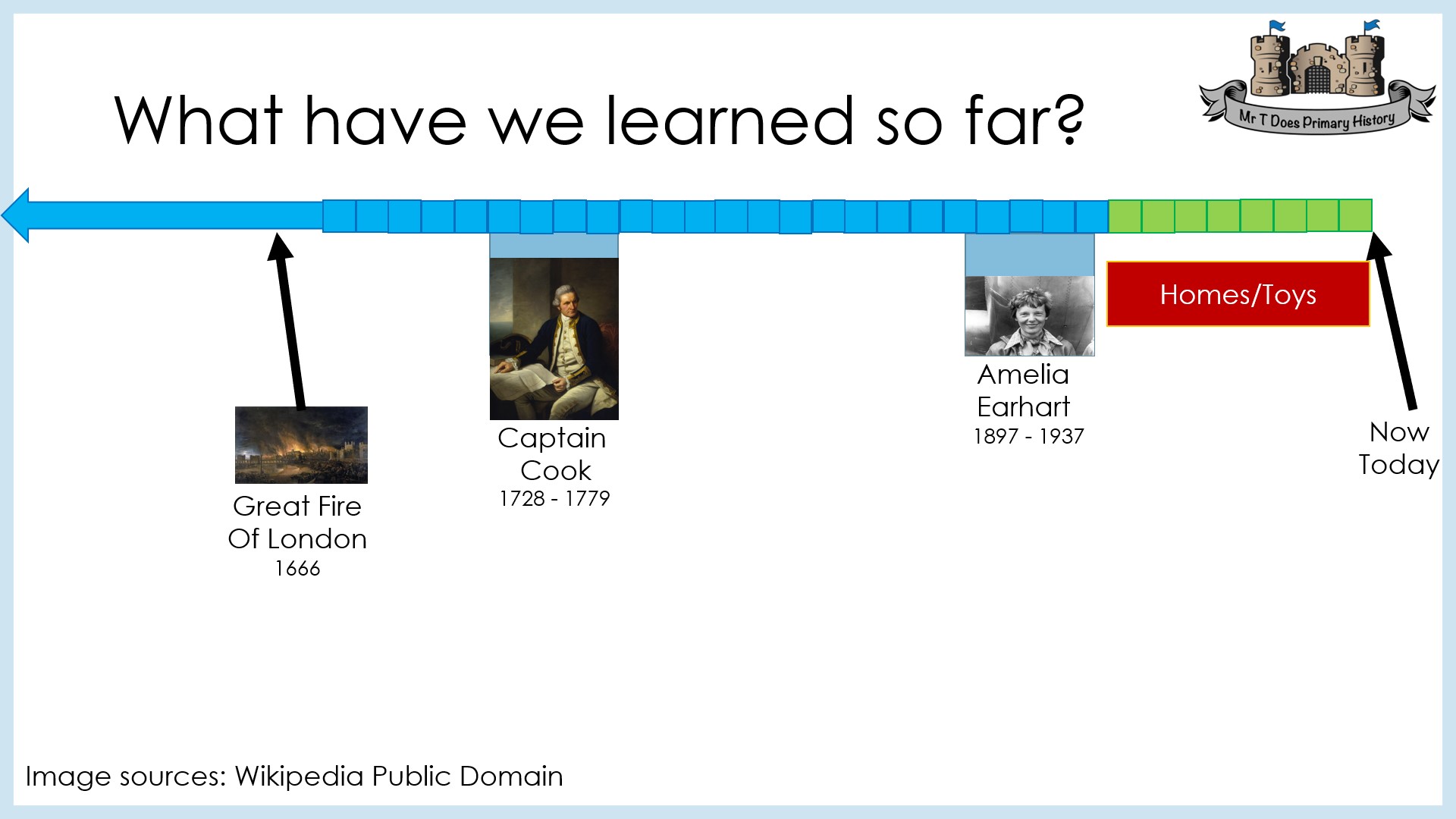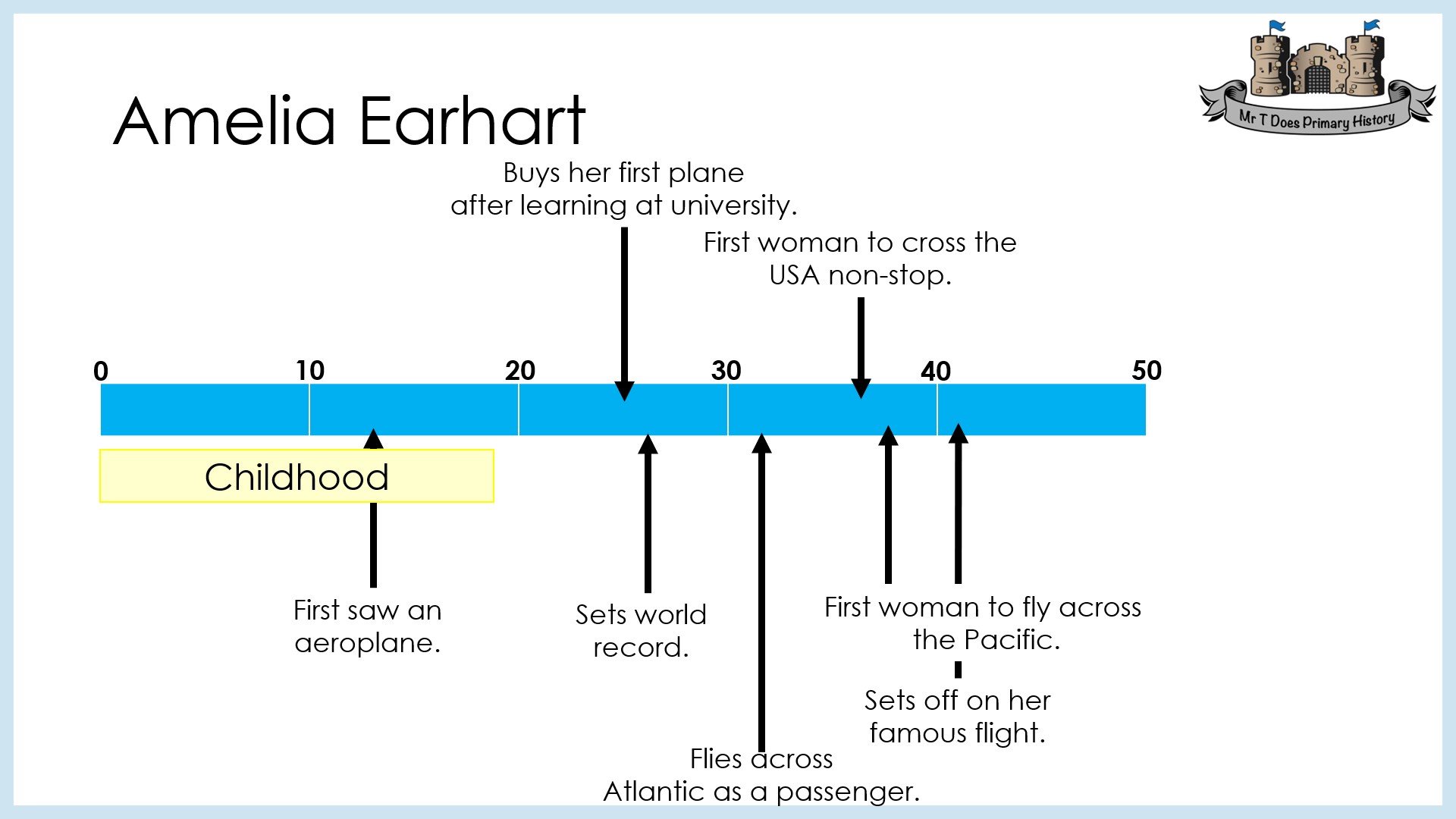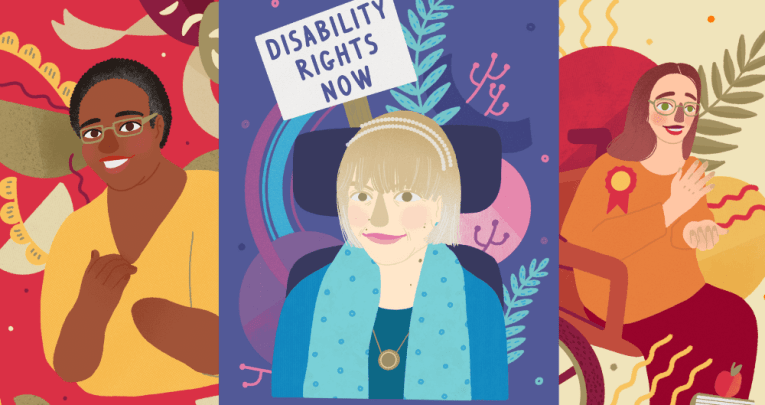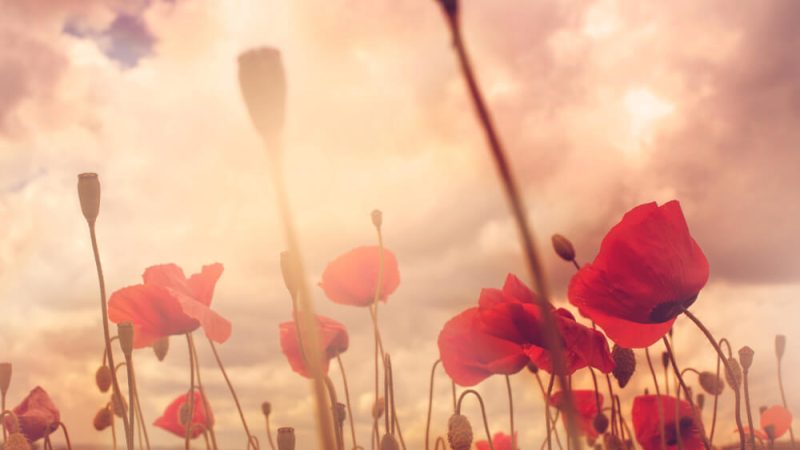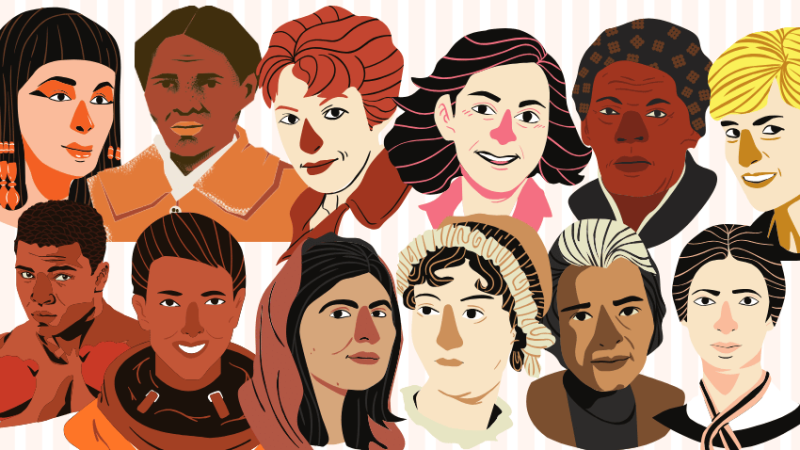KS1 history – How to use timelines
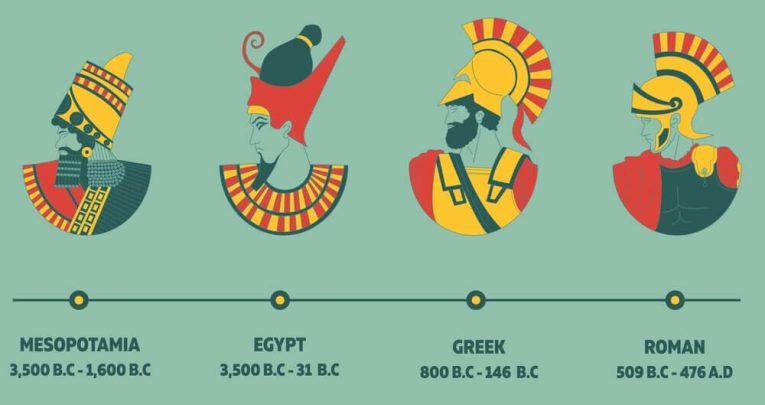
Illustrating timelines can help children grasp context in history lessons, says Stuart Tiffany…

I am a massive fan of using timelines! If done properly, they can add context and coherence to a history unit of work. But in the past, I remember using them as a quick starter in lesson one to ‘tick that box’ on an arbitrary assessment spreadsheet.
The task involved sequencing a few random picture cards with dates, correcting the sequence without really breaking down the concept sufficiently, then finally photographing the group of children with thumbs up. This adds very little value to the understanding of history (if any) and can reinforce misconceptions.
In Key Stage 1, we need to be mindful of the new EYFS framework and build on the chronological understanding that has been introduced. Children, going forward, should be familiar with history as ‘the past’ and the fact this is different to ‘now’.
That gives us a benchmark from which to build. To that end, every timeline I use as a lesson activity or interactive prompt starts with ‘now’. It anchors children’s understanding and enables my teaching point to start with the fact we are looking back in time at what has already happened.
There are also a number of mathematical concepts we need to consider before diving in.
The big picture
The new concept we introduce here is breaking the past into two differing durations of time.
Click here to see enlarged image
The first is within living memory, which is the past 80–100 years (not the child’s memory alone!) and the second is everything further into the past than that. This represents the most basic scale that timelines in KS1 need to include.
It allows children to meet the curriculum objective: ‘Know where the people and events they study fit within a chronological framework and identify similarities and differences between ways of life in different periods’.
The scale is important to allow children to see how their new learning fits within their existing knowledge. It allows us to teach children that events do not happen in a perfect sequence, there are varied intervals between them and they all happened across vastly different durations of time.
Personally, I’d suggest your scale is in 10s to reinforce the duration in a way that children can understand via counting. This does not need to be a numbered scale. I also colour-code mine instead of using words and numbers to reduce the complexity of the model children are working with.
Hopefully, the purpose of this timeline is clear: to add new knowledge onto the existing chronological framework to ensure the history is represented coherently.
The individual unit
Once we establish the overall narrative, we can now move on to teaching the new unit material. This could include a wildly different scale – for example from the Great Fire of London through to changes within living memory – covering a century of history.
This is where we can zoom in from the big picture into one particular example, looking at the chronology in more depth. The plan here is to set out the sequence of lessons in order to purposefully organise what is being taught.
Click here to see enlarged image
This timeline uses a scale that is easy to read and replicates the children’s mathematical understanding of place value and counting. The scale is different than the previous example, therefore we need to explicitly teach that or children may not realise.
The content here will vary based on the person or event you’re teaching about. For the life of a person (in the example below I’ve used Amelia Earhart) I start at birth and go through until their death. This simplifies the timeline and makes it easier to compare with other significant individuals.
For example, the fact Earhart was born in 1897 is represented on the first timeline.
Using the timelines
This sounds more complex than it is! At the start of the unit of work, use timeline one. This allows for recaps on what the children have learned previously, and is a useful way of introducing comparisons.
Amelia Earhart is further in the past which explains why her aircraft is less advanced the Tim Peak’s rocket. People invented the aeroplane before the rocket.
The second timeline is more detailed. It contains the individual events from a person’s life or a step-by-step of how the event took place. This is what forms the backbone of teaching and needs to be a reference point that the knowledge is added onto. It should be used in every lesson to recap and build on.
Stuart Tiffany is a primary teacher, history CPD provider and consultant. He supports schools to embed the historical discipline within their curriculum. Find him on Twitter @Mr_S_Tiffany and view his blog at mrtdoeshistory.com





